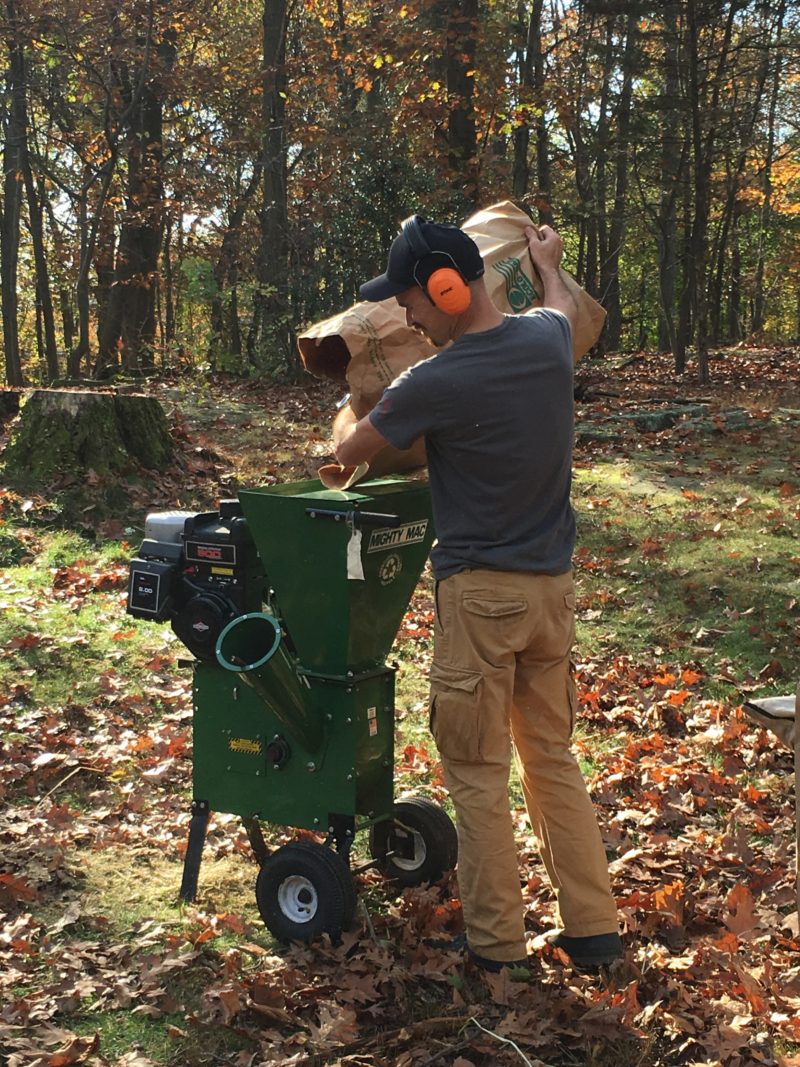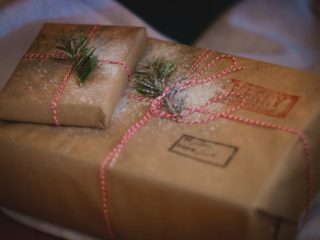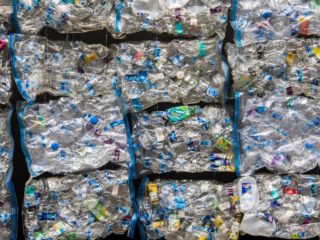It’s fall, and with the start of the season, people haul out the rakes and leaf blowers in an endless quest to remove all trace of leaves from their properties. Instead of spending all that time raking and bagging, try leaf mulching! It’s an environmentally friendly alternative to prepping your yard for the winter.
By leaving your leaves in place you’ll also find it’s a better way to nourish your lawn than relying on synthetic fertilizers.

What is Leaf Mulching?
So what is leaf mulching? It’s a pretty simple idea: instead of all that raking, leaf blowing, and bagging, simply shred, spread, and leave your leaves on the ground as a natural mulch and fertilizer for your yard.
Why Mulch?

Leaves are Natural and Nutritious Food for Your Yard
Nature has provided us with free, natural fertilizer for our yards, and it’s in the form of leaves! Leaves are an incredible natural resource that, when properly managed, will help you transform your yard into a lush and vibrant outdoor space.
How do leaves do this? The easiest way to think about leaves is as miniature packets of natural fertilizer. When these “packets” fall to the ground and are then shredded, they release their valuable nutrients into the soil. The result is a beautiful, naturally fertilized yard that’s healthy for all.
Leaves Offer Protection
Leaving shredded leaves in place creates a natural form of protection for the soil. The leaf layer acts as insulation, helping to retain moisture in the soil and minimize soil erosion.
Your leaves also go to work for you by assisting in suppressing weed growth. The layer of leaves blocks the light necessary for weed seeds to germinate, keeping dandelions, crabgrass, and other weeds at bay.
Not only do leaves provide protection for your soil, but they also act as a natural habitat for a variety of wildlife species, including beneficial insects. So when you sweep, rake, or blow away leaves, you could risk destroying those insects that help keep your yard free of pesky pests.
Leaf Mulching is Cleaner Than (Leaf) Blowing!
Those leaf blowers you hear buzzing around the neighborhood aren’t just a noisy nuisance. They’re also a source of air pollution.
Gas-powered leaf blower exhaust spews out pollutants such as nitrogen oxide, carbon monoxide, and fine particulate matter. According to the NY Department of Environmental Conservation, carbon monoxide emitted from a typical leaf blower for just one hour is equal to carbon monoxide emitted from the tailpipe of a car operating for over eight hours! For the other pollutants, the amounts are even greater.
Leaf Mulching Saves Money
By leaving leaves alone, you’ll spend less on mulch products, fertilizers, and pesticides. Think about how much you spend on mulch deliveries or packaged mulch. Instead of buying fertilizer, just use the free and natural resources created by leaves that have accumulated on your lawn!
Leaf Mulching How-To
Equipment

Mowers
A regular lawn mower should be able to handle most jobs, but a few extras that you can add to your mower, like a mulching or gator blade, can make the task easier and more efficient.
While we’re on the topic of lawnmowers, consider investing in an electric mower: They’re quieter than the gas version and have zero carbon emissions. The Ryobi 40V 20 in. cordless lawnmower runs like a gas mower and you can easily attach its side discharge leaf mulching accessory. I’ve also seen the Greenworks 3-in-1 corded mower in action and was impressed with its “chomping” capabilities!
Leaf Shredders and Other Equipment
- Leaf shredder. WORX WG430 13 Amp Electric Leaf Mulcher gets top marks for its ability to mulch up to 53 gallons of leaves per minute, achieving an 11:1 mulching ratio.
- Leaf blower and mulcher. Toro’s 51619 Ultra Electric Blower Vac does it all to vacuum and shred leaves while emitting no noxious gassy fumes!
DIY
At a leaf mulching demo a few years ago one of the landscapers showed us an inexpensive way to shred leaves: fill a trash can with leaves and use a weed whacker to pulverize! How easy!
Shredding

Mow over or shred dry leaves that have accumulated on your lawn. The goal is to increase surface area and decomposition time so your soil benefits from the leaves’ nutrients.
Frequency
A once-per-week mow should be sufficient at the beginning of the season, increasing to twice weekly at peak leaf fall. If you like a cleaner look for your lawn, simply mow over the leaves one more time so they blend in with the grass.
Spreading
Lawn
Spread a layer about 1/4- 3/4-inches across your lawn. You should still be able to spot about 1/2 inch of grass blades through the shredded leaves. Make sure the layer is evenly spread with no clumps that could kill the grass.
Plant Beds and Trees
Spread a 3- to 4-inch layer of excess shredded leaves on garden beds, or around plantings and trees. Make sure the leaves are dry and avoid building up an excessive pile (a.k.a. “volcano mulching“) that could hold moisture and rot plantings and tree roots.
What to Do With Leaf Leftovers
Do you still have extra leaves after all that mulching and spreading? Instead of bagging and disposing of them, try adding them to your compost pile and/or saving extra leaves for future use.









